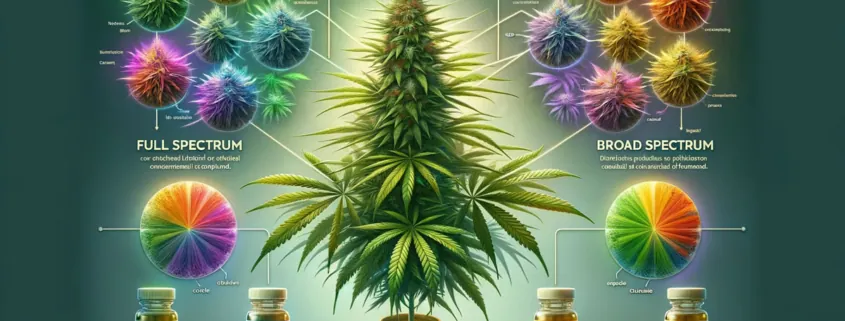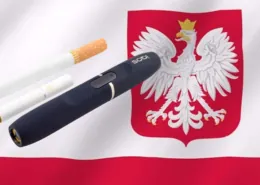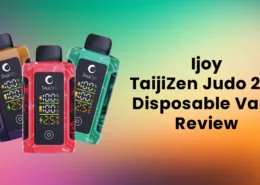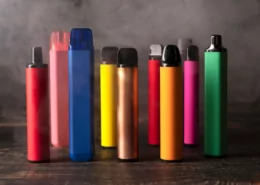Full Spectrum Broad Spectrum Isolate CBD: Understanding the Difference
As the CBD market continues to expand, consumers are faced with an array of product options, each boasting unique characteristics and potential benefits. Among the most common terms used to describe these products are Full Spectrum, Broad Spectrum, and Isolate.
What’s the Difference Between Full Spectrum, Broad Spectrum, and Isolate CBD?
These terms refer to the types of cannabis extracts used in CBD products, and they indicate the range of naturally occurring compounds present alongside CBD.
To make an informed decision when choosing a CBD product, it’s essential to understand the differences between these extract types and how they relate to the Endocannabinoid System (ECS) and the Entourage Effect.
The Endocannabinoid System
The Endocannabinoid System (ECS) is a complex network of neurotransmitters, receptors, and enzymes found in all vertebrates and even some insects. This system plays a crucial role in maintaining our body’s internal balance by regulating a wide range of functions, including sleep, mood, appetite, pain sensation, and immune response.
Scientists believe that the compounds found in cannabis, including CBD, interact with the ECS, potentially explaining the therapeutic benefits many experience.
The Entourage Effect
The Entourage Effect is the theory that cannabinoids, like CBD, work more effectively and harmoniously when consumed alongside other naturally occurring cannabis compounds, such as terpenes and flavonoids. This synergistic interaction can amplify the beneficial effects of CBD and potentially minimize unwanted side effects.
Think of it like this: a symphony orchestra creates a much richer and more impactful experience when all instruments play together in harmony, compared to a single instrument playing alone. The Entourage Effect suggests that the same principle applies to the compounds in cannabis.
Source:
1. An introduction to the endogenous cannabinoid system
2. The “Entourage Effect”: Terpenes Coupled with Cannabinoids for the Treatment of Mood Disorders and Anxiety Disorders
Now that we understand the ECS and the Entourage Effect, let’s explore the different types of CBD extracts:
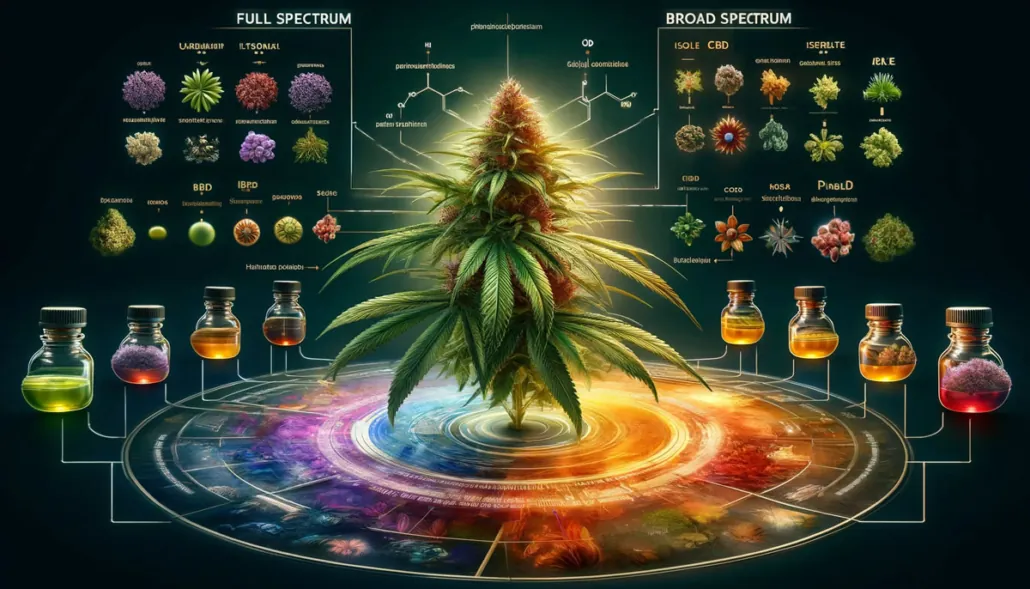
Full Spectrum CBD: Embracing the Whole Plant
Full Spectrum CBD extracts strive to retain the maximum amount of beneficial native phytochemicals, including trace amounts of THC (typically less than 0.3%), during the extraction process. The goal is to remove extraneous plant materials while maintaining the same ratio of cannabinoids, terpenes, and flavonoids found in the original plant.
True Full Spectrum extracts are relatively rare, as most extraction processes result in the loss of significant amounts of terpenes and flavonoids due to their volatile nature. Methods such as ethanol extraction, the Rick Simpson Oil (RSO) method, or prolonged vacuum extraction can yield Full Spectrum extracts, which tend to have a dark color and earthy, vegetal flavors.
Full Spectrum CBD is often preferred by those seeking the potential benefits of the Entourage Effect, as it contains the widest range of phytochemicals. However, the presence of THC, even in trace amounts, may be a concern for some individuals, particularly those subject to drug testing or with sensitivity to THC’s psychoactive effects.
Broad Spectrum CBD: A THC-Free Alternative
Broad Spectrum CBD extracts aim to retain a wide range of phytochemicals while eliminating THC. This approach allows for some of the Entourage Effect benefits associated with the interaction of various plant compounds, without the presence of THC.
Broad Spectrum extracts can be created by either adding terpenes, flavonoids, and minor cannabinoids to CBD isolate or by removing THC from Full Spectrum extract through distillation. Compared to Full Spectrum, Broad Spectrum extracts are typically lighter in color and have a less pronounced hemp flavor profile.
For consumers who wish to avoid THC entirely while still benefiting from the potential synergy of multiple plant compounds, Broad Spectrum CBD offers a promising alternative. However, it’s important to note that the trace amounts of THC present in Full Spectrum extracts are not typically sufficient to produce psychoactive effects or trigger positive drug tests when consumed at recommended servings.
CBD Isolate: Pure Cannabidiol
CBD Isolate is the purest form of extracted cannabidiol, with a purity level of 99.9%. It is created through additional solvent processes after distillation, resulting in a crystalline powder that contains nothing but CBD.
While the extra processing steps required to create CBD Isolate are costly, the purity of the final product allows for the use of lower-quality crude extracts as starting material without the risk of residual contaminants. This makes CBD Isolate a more economical option for product manufacturers.
CBD Isolate offers consistency and standardization, making it a reliable choice for product developers. It provides a neutral base for formulators to work with and is more easily incorporated into a variety of product formats, including edibles, topicals, and vape liquids.
For consumers new to CBD or those who prefer to avoid any interaction with other cannabis compounds, CBD Isolate offers a simple and straightforward option. However, it’s important to recognize that CBD Isolate products do not provide the potential benefits associated with the Entourage Effect.
Extraction Methods Matter
The method used to extract CBD from the cannabis plant can have a significant impact on the quality and purity of the final product. Some common extraction methods include:
- CO2 extraction: This method uses pressurized carbon dioxide to separate CBD oil from the plant material, resulting in a clean and potent extract.
- Ethanol extraction: This process uses ethanol as a solvent to dissolve the desired compounds, which are then separated from the plant matter through evaporation.
- Lipid extraction: This newer method uses natural fats to extract CBD, avoiding the use of harsh solvents while preserving the beneficial compounds.
When choosing a CBD product, look for companies that prioritize quality and transparency in their extraction processes. Third-party lab testing and readily available certificates of analysis (COAs) are good indicators of a reputable brand.
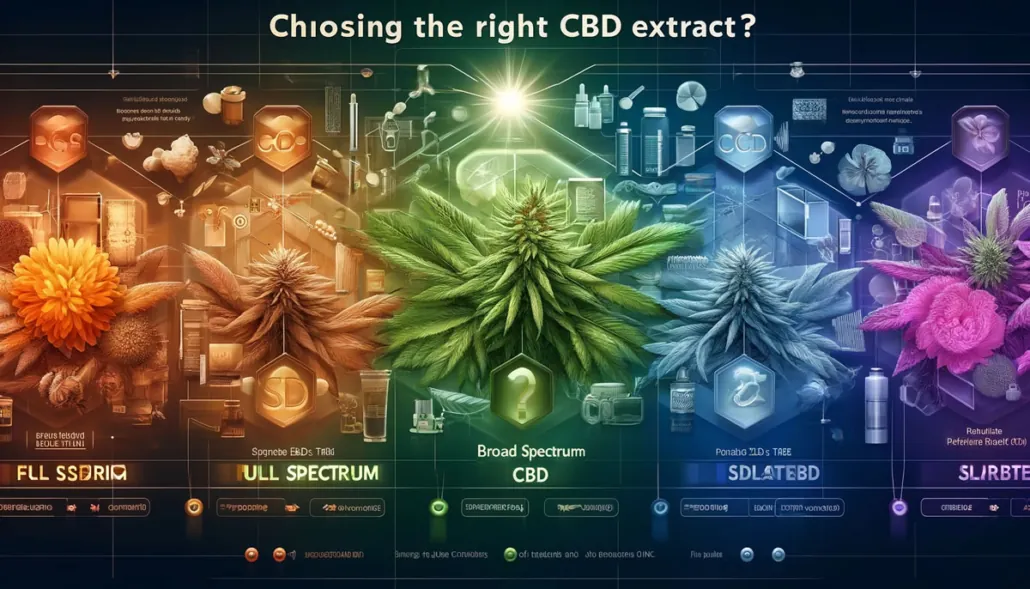
Choosing the Right CBD Extract for Your Needs
When deciding between Full Spectrum, Broad Spectrum, and Isolate CBD, it’s essential to consider your individual needs, preferences, and circumstances:
- Those new to CBD may prefer to start with an isolate to gauge their body’s response to cannabidiol alone before exploring other extract types.
- Individuals seeking the potential benefits of the Entourage Effect may opt for Full or Broad Spectrum products, depending on their comfort level with trace amounts of THC.
- Those subject to drug testing or with a known sensitivity to THC may choose Broad Spectrum CBD or Isolate to avoid any potential issues.
- Topical CBD products, such as creams or balms, may be ideal for targeted relief of muscle and joint discomfort, while tinctures or gummies offer a more convenient, on-the-go option for stress relief and relaxation.
It’s also important to consider the reputation and transparency of the CBD manufacturer. Look for brands that provide third-party lab testing results, also known as Certificates of Analysis (COAs), which verify the product’s potency, purity, and safety. Additionally, consult with a healthcare professional experienced in cannabis medicine to determine the most appropriate CBD option for your specific needs and health goals.
Understanding CBD Labels and Dosages
Navigating the world of CBD can be overwhelming, especially when it comes to deciphering product labels and determining the right dosage. Here are some key things to look for:
- CBD concentration: This is usually displayed prominently on the label and indicates the amount of CBD per serving or per container.
- Ingredient list: Check for the presence of any additional cannabinoids, terpenes, or other ingredients that may impact the product’s effects.
- Suggested serving size: Follow the manufacturer’s recommendations for dosage, but keep in mind that individual needs may vary.
- COA: Look for products that provide third-party lab test results to ensure the accuracy of the label claims and the absence of contaminants.
If you’re unsure about the right dosage or have any concerns about potential interactions with medications, consult with a healthcare professional experienced in working with CBD.
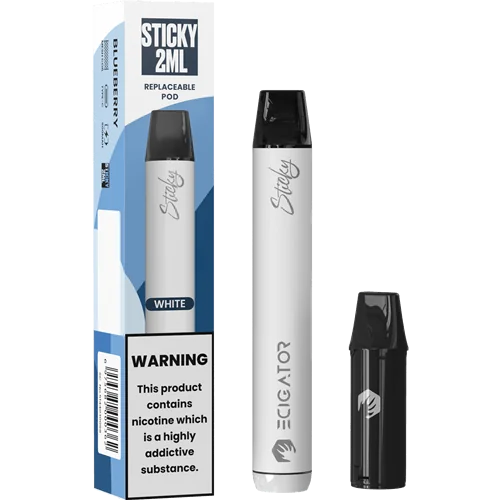
Ecigator Sticky Prefilled Pod Kit
The Ecigator Sticky Prefiiled Replaceable Vape Pod Kit is new kind of vape kit which the prefilled disposable pod can be changed.
That means you don’t need to throw away the whole kit but just change another pod. Also you can change the pods to taste different flavors.
Safety and Potential Side Effects
While CBD is generally considered safe and well-tolerated, it’s essential to be aware of potential side effects and drug interactions. Common side effects may include drowsiness, changes in appetite, and digestive issues. CBD can also interact with certain medications, so it’s always best to consult with a healthcare professional before incorporating CBD into your wellness routine, especially if you have a pre-existing medical condition or take prescription medications.
The Future of CBD Research
As interest in the therapeutic potential of CBD continues to grow, so does the need for rigorous scientific research. While preliminary studies have shown promising results for various health conditions, such as chronic pain, anxiety, and inflammation, more extensive clinical trials are necessary to fully understand the mechanisms behind CBD’s effects and to establish safe and effective dosing guidelines.
As the legal landscape surrounding cannabis and hemp-derived products evolves, it’s likely that we’ll see an increase in research funding and a greater focus on exploring the unique properties of Full Spectrum, Broad Spectrum, and Isolate CBD.
Conclusion
Understanding the differences between Full Spectrum, Broad Spectrum, and Isolate CBD is crucial for making informed decisions when selecting a product that aligns with your individual needs and preferences. While all three extract types offer potential benefits, the presence of additional plant compounds in Full and Broad Spectrum products may contribute to a more potent Entourage Effect.
As with any dietary supplement, it’s essential to choose high-quality products from reputable manufacturers, read labels carefully, and consult with a healthcare professional before starting a new CBD regimen. By staying informed and mindful of your body’s unique needs, you can harness the potential of CBD to support your overall health and well-being.
- Experts Urge South Africa to Adopt Science-Based Vape Policies - July 30, 2025
- Texas to Ban Chinese-Made Vapes Under New Law (SB 2024) - July 30, 2025
- Pakistan Punjab Bans Smoking and Vaping in All Parks and Gardens - July 30, 2025

